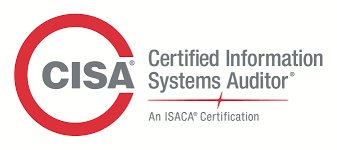ISACA Certified Training Courses
Prove that you have the skills and knowledge to manage information system risk and governance issues with an ISACA certification. Recognised worldwide, ISACA certification may be the key to unlocking opportunities to advance your career. There is a growing demand for professional information security governance skills across the globe and in South Africa. Turbo-charge your career with an ISACA qualification. Join the ranks of the global security professionals who are members of ISACA and leverage their wealth of knowledge and experience to stand out from the crowd and deliver superior value to global organisations and institutions.
Jumping Bean - Accredited ISACA Training Partner
Get your CISA and CISM training from an accredited training partner. Jumping Bean has been delivering training for over 10 years. Our instructors bring a wealth of knowledge and hands-on experience to the class. Get accredited training and get certified!
ISACA Courses Offered:
We are constantly expanding the range of courses that we offer. If you don't find the ISACA course you are looking for here, please do not hesitate to contact us and we will gladly look at expanding the range of courses offered.







